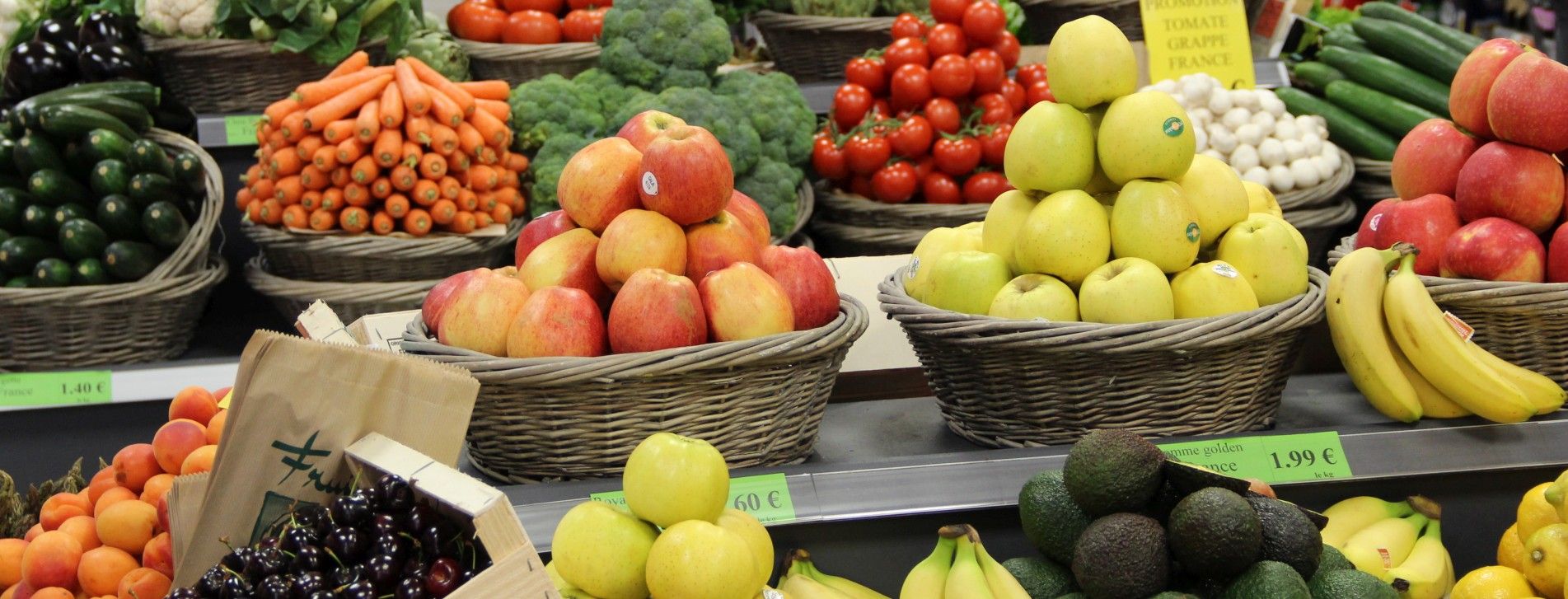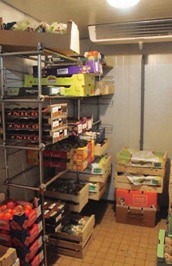Once the products have been shelved, shelf work does really stop. On the contrary, it is even the shelf that requires the most attention throughout the day to stay remain efficient. Restocking, quality control, tidying, cleaning, “second opening”, anticipating orders, … there is a lot to do. See all the details again to better organize your days.
As much as possible, create and manage accurate sales histories with the most details (weather, holidays…). They could come in handy from one year to the next.
Always keep an eye on the weekly weather and especially the weekend. It can strongly influence sales and the products.





